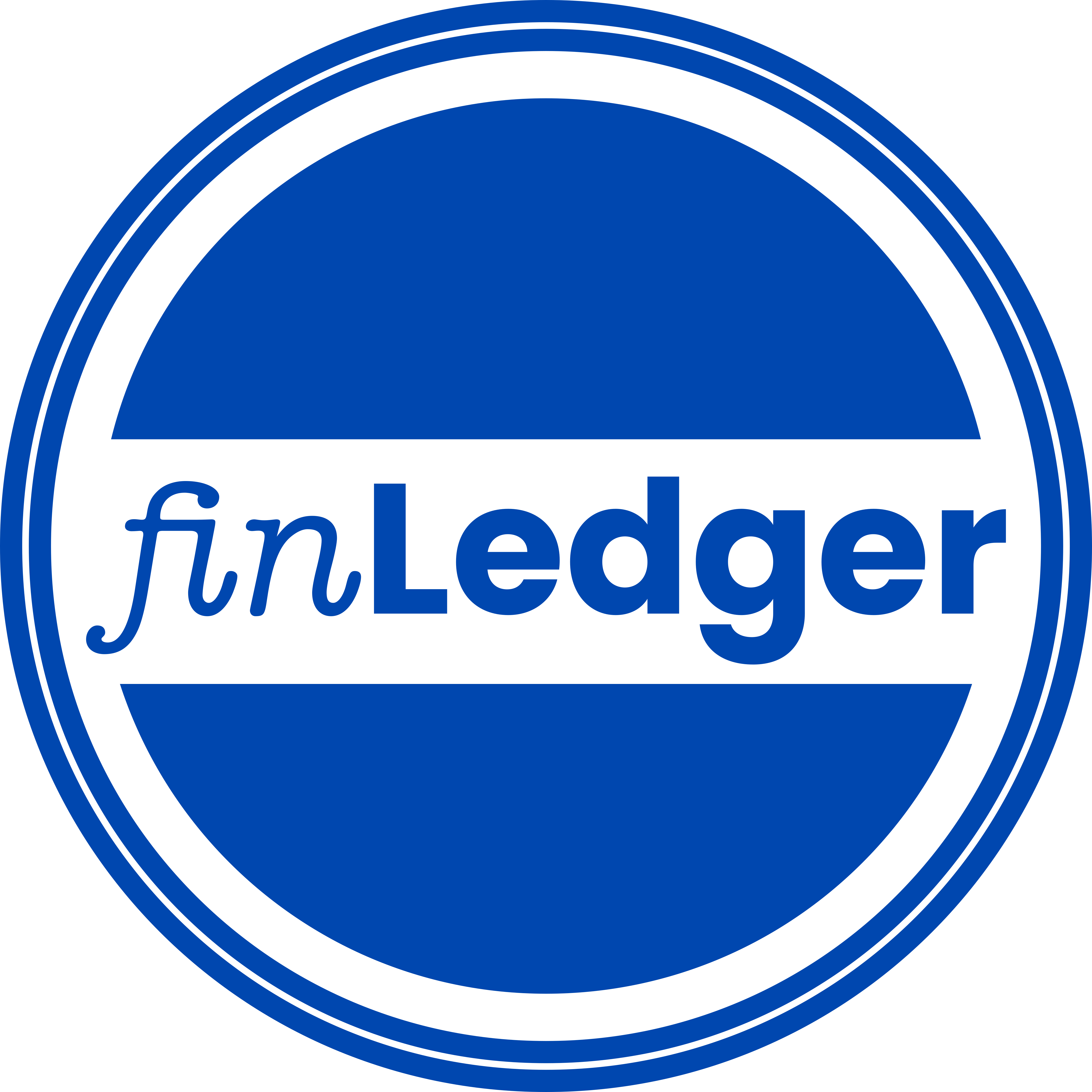Mastercard is investing heavily into its business-to-business offerings.
As evidence of that, Mastercard announced Monday morning that it has added an account-to-account (A2A) payments functionality to its recently launched Track Business Payment Service.
Mastercard launched the new service – which it describes as an open-loop solution designed to give businesses greater control of their payments – in May as part of its plans to “modernize the $125 million global B2B payments market.”
This morning, I hopped on the phone with James Anderson, executive vice president of global commercial and B2B solutions at Mastercard, to hear more about what this news means.
It all started in the fall of 2018 when Anderson says he pitched the opportunity to create a two-sided network for B2B payments, analogous to what the company had done for consumers around cards.
Over the past decades, he said, Mastercard has been on a journey to digitize consumer payments.
“But when we looked at the B2B space, we realized that a lot of stuff is not very efficient, and that we can do better than that,” Anderson told FinLedger. “We took some of the same principles – such as an open loop and two-sided market – applied to consumer payments, and applied them to B2B payments. There’s a bit of a catch up between consumer and commercial.”
Launching the Track Business Payment Service was only the first step in its effort, Anderson said.
“Now we’re supporting payments across multiple rails such as via ACH and real-time payment rails – beyond cards,” he told FinLedger.”This is a pretty big milestone, because it demonstrates this service adds value to buyers and suppliers even if we’re not the payment rail.”
Historically, Anderson added, card rails have been very vertically integrated with Mastercard running the rails, setting the pricing and determining who gets off and on.
“While that was a fantastically successful model for consumers, with B2B, we’re not changing how the money moves but, rather, adding value on top of those rails,” Anderson added.
Specifically, he said. Mastercard is now giving buyers the ability to understand how suppliers want to get paid and also giving suppliers the ability to understand what they’re getting paid for.
The service as of today is also live all over the world, as opposed to just in the United States.
“This is important because we’re a global company. B2B commerce is global,” Anderson said. “So we think this is foundational to a successful B2B payments offering.”
How it works
Many buyers like paying with cards but don’t always know if suppliers accept cards. It’s not the same as walking into a store or looking online and seeing the Mastercard logo, indicating that a merchant accepts payments via a credit card.
“There’s no such equivalent in B2B,” Anderson said. “There’s no shop window, as most B2B commerce is done through an electronic means either via telephone or through purchase orders.”
So rather than having the banks that support the buyers calling suppliers individually to ask if they will accept a card, this new service gives buyers the ability to see every supplier’s preference for when and how to take cards.
“Buyers can choose the most effective payable strategy since the payment rules and preferences can be accessed through an API,” Anderson said. This saves time and effort.
“The open loop network availability creates value in that buyers can have the most effective payables strategy,” he added.
On top of that, since a lot of B2B payments get made using ACH, or electronic, methods – it can be a lot to keep up with.
Mastercard says its service gives suppliers the ability to see exactly what they are getting paid for.
“There’s and end-to-end ID embedded in the transaction so as soon as they get the money, a suppliers’ agent can see clean, useable remittance data on every transaction,” Anderson said. “Plus, there’s really neat features intrinsic to this that keep the information very secure.”
Looking ahead, Anderson said Mastercard plans to continue to invest in development over 2021, with plans around supply chain finance, cross-border payments and injecting lending into the ecosystem.
“This is a big play for us,” he said. “This is a big area of investment for the future.”
Meanwhile, Truist – the nation’s sixth largest bank – is also making a big B2B push.
The bank announced today that it has a newly formed Enterprise Payments Group that will be responsible for “driving a coordinated strategy and execution across Truist’s payments businesses, enabling the delivery of next generation payment products, services, and infrastructure to meet clients’ needs and drive financial results.”
It has tapped Sal Karakaplan – a former JP Morgan Chase and Mastercard executive – to lead the new group.
“Payments is one of the most important and ubiquitous aspects of banking and will play an increasingly critical role in the future of banking,” said Mike Maguire, head of National Consumer Finance & Payments, in a written statement. “We are committed to making ongoing investments in payments, including the formation of this new group, to better position Truist to meet our clients’ needs and provide distinctive, secure, and successful client experiences.”
There’s no doubt that the B2B payments space is a massive, and hot, one. In August, FinLedger looked at how mass adoption of digitizing finances – fueled largely by the COVID-19 pandemic – is only driving demand in the sector. And in September, we reported on
Veem, which has developed a global payments network for businesses, closed on a $31 million Series C round to become “the Venmo for businesses.”
